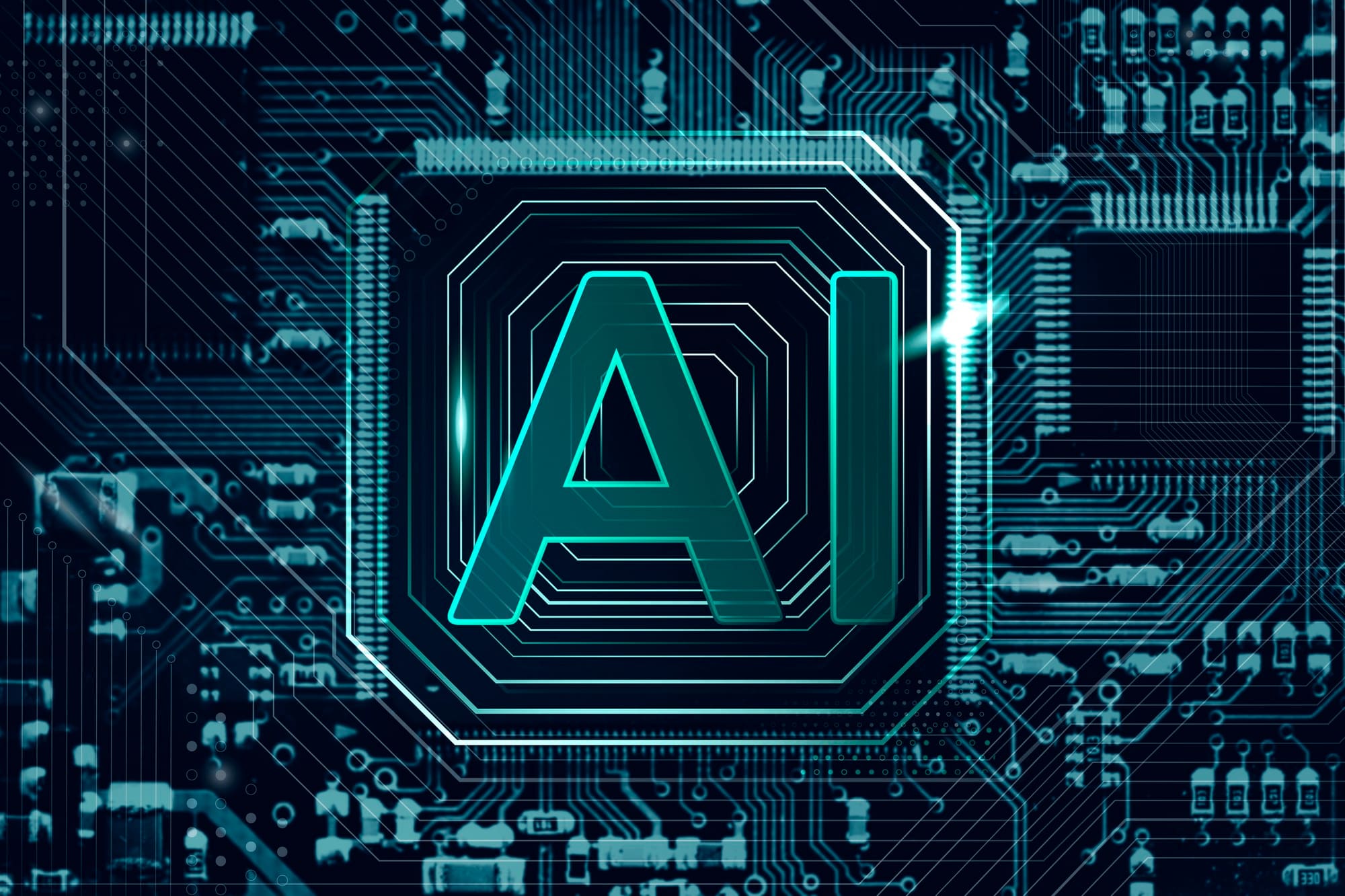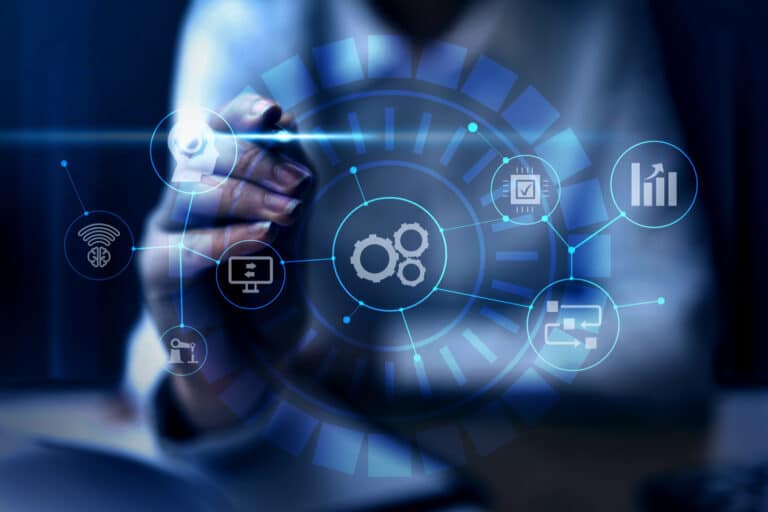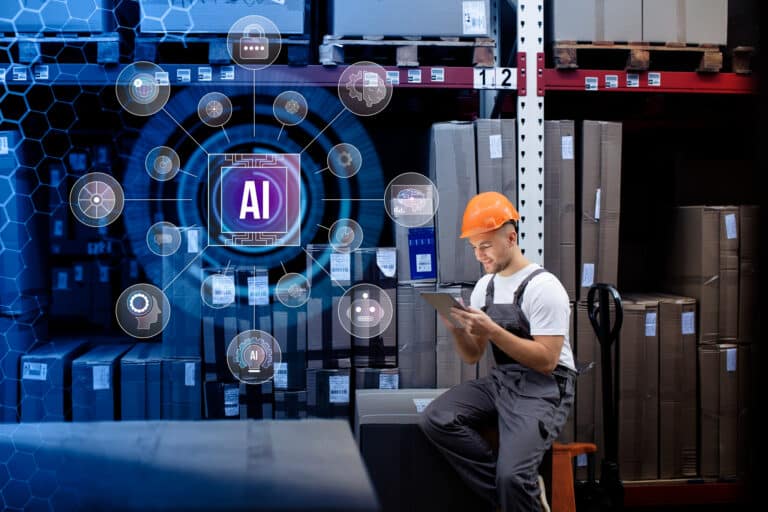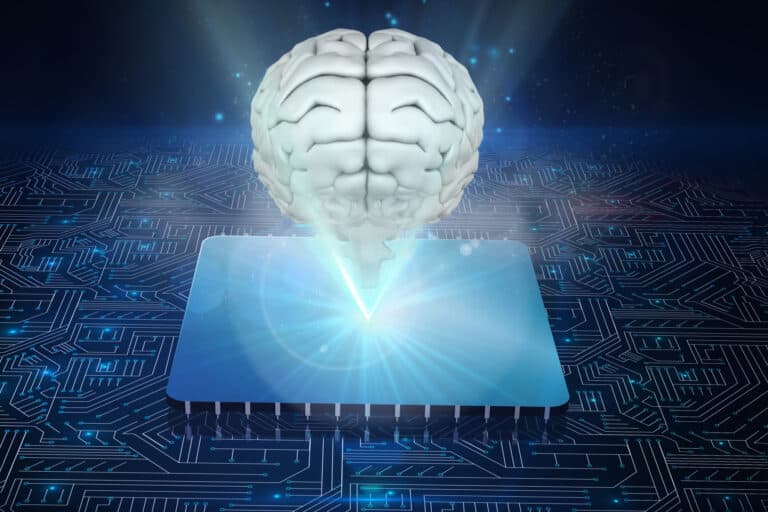In recent years, AI has been introduced in various industries with the development of AI technology. What Is Edge AI? Artificial intelligence is used in agriculture and fishing, which may appear unrelated to AI at first glance. AI permeates every aspect of our lives.
As a result, “edge AI” has attracted particular attention in recent years. Edge AI is a crucial technology for autonomous cars, and it is expected to gain even more attention in the future. This time, we will explain in detail the basics of edge AI, as well as introduce fields where it is expected to play an active role in the future.
What is Edge AI?

A terminal machine, wireless base station, etc., constitutes an edge AI system. Therefore, edge AI is applicable to smartphones and IoT devices.
As technology advances and real-time data processing becomes more critical, edge AI becomes more relevant. Especially with the rapid adoption of IoT in recent years, this technology has played an increasingly important role.
What is cloud AI?
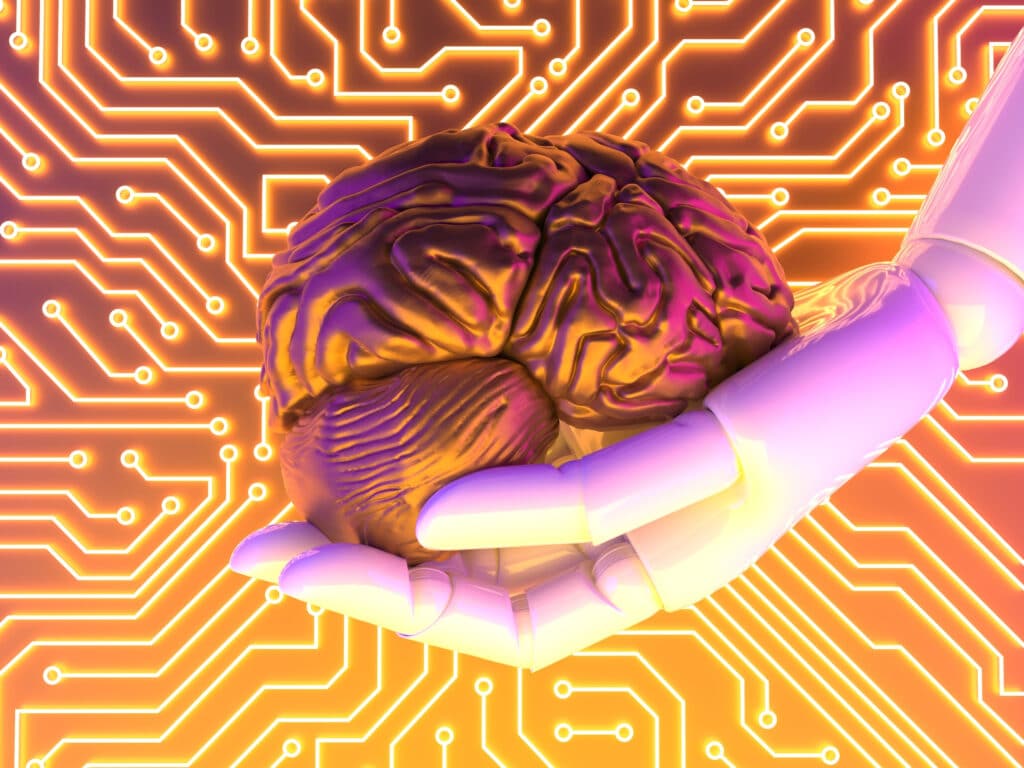
Companies such as Google, Amazon, Microsoft, and IBM provide cloud AI services.
Cloud AI indeed differs from edge AI, but cloud AI has the advantage of accumulating a vast amount of learning data and then using the processing power of CPU and GPU to build a model. Because of this, many companies offer cloud-based services.
Additionally, as IoT spreads, the situation gradually changes. The Internet of Things enables devices to collect data wirelessly and upload data to the cloud automatically through the use of wireless communication. There are many benefits to cloud computing, but it’s not the only one. Communication charges increase as data volume increases.
In addition, uploading data to the cloud itself may be high-risk, depending on the data. Uploading confidential information to the cloud is risky.
Furthermore, cloud computing tends to take longer when faster processing is needed since it uses the Internet to process data. This is why “edge AI,” which performs high-speed processing on the terminal side, has gained increasing attention in recent years.
Difference between edge computing and on-premises computing
The term edge computing has become more common in IoT, which has been embraced by many in recent years.
With the spread of cloud computing, edge computing refers to connecting the cloud and on-premises to solve issues such as response time and communication costs.
In the manufacturing industry, where real-time performance is essential, edge computing is critical.
IoT and edge AI
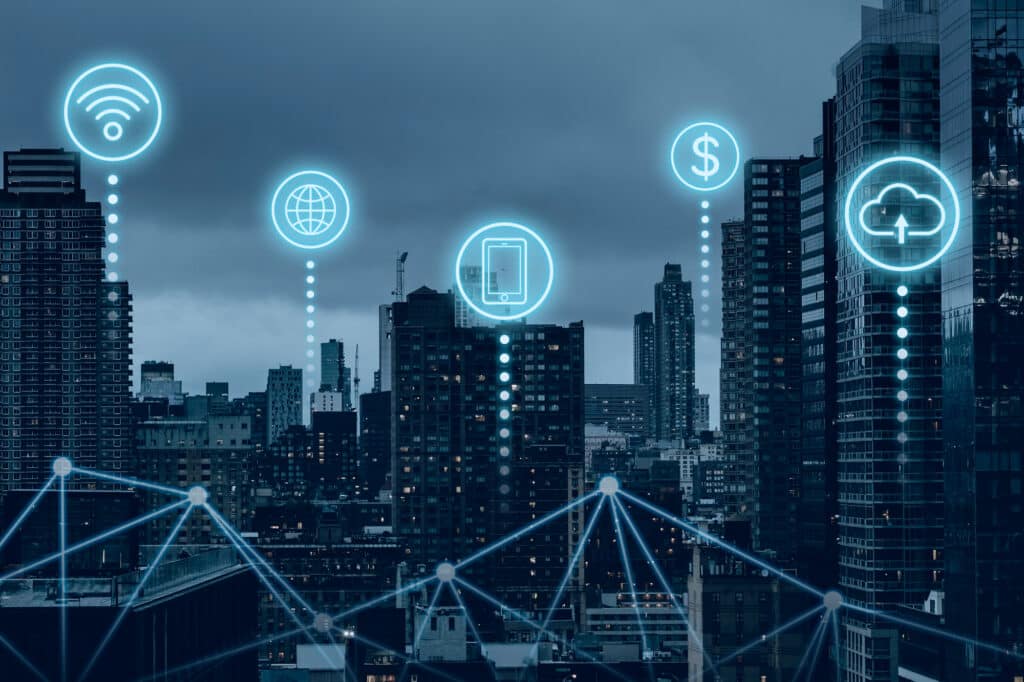
In IoT devices such as smartphones, smart speakers, cameras, cars, refrigerators, and washing machines, edge AI is essential. In order to process vast amounts of data, edge AI technology is needed.
With edge AI, you can perform analyses quickly, which would take time with cloud AI. Edge AI, however, is limited by the power of the device used for inference, so the calculations can be performed only to a certain extent.
Reference Article : What is IoT? Which of the following is true of internet-of-things devices
DX realized by edge AI.
In various fields, digital transformation (DX) is being promoted. In industries where digitalization is challenging, Edge AI is a crucial technology for transforming business processes through digital technology. It will be explained in detail later, but there are already many DX examples using edge AI in retail and manufacturing.
Advantages of Edge AI
1. Real-time decision-making is possible
A significant advantage of edge AI is its ability to make real-time decisions. As edge AI processes AI on the device, there is no time lag like cloud AI. Thus, it is helpful for tasks that require speed, such as terminal control and situational awareness.
2. Reduces the cost of communication
The Edge AI performs processing on the device side, as described earlier. Due to the fact that only the data necessary for learning is sent to the cloud, unnecessary communication costs can be reduced. Compared to cloud AI, which sends all data on the device, this technology reduces communication costs.
3. Enhances security
Inference (on the device) and learning (on the cloud) are performed at different locations in Edge AI. The device can, therefore, be used to store data at risk of leakage.
The processing is also performed without going through the Internet, so there is no need to worry about being exposed to Internet threats.
Disadvantages of Edge AI
1. Limitations exist in processing power
As edge AI is processed on the terminal, it has the disadvantage of needing to be more efficient for processing large amounts of data. In addition, it has the characteristic of inference and learning taking place in different places, which makes it unsuitable for advanced processing.
2. High operational hurdles exist.
With edge AI, which is ”equipped with AI on the device,” the operational hurdles are not low. It will be easier for companies with specialized personnel to design, maintain, and operate the system.
Summary
We have explained the mechanism behind edge AI this time, as well as the advantages and disadvantages of the technology. I hope you have clearly understood that while there are a number of advantages, there are also a number of disadvantages (issues) that still need to be improved.

